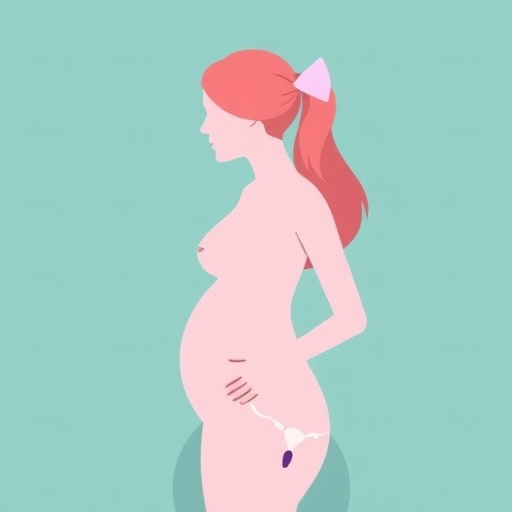
Credit: Haki Jashari
New echocardiographic ultrasound methods can non-invasively evaluate deformation of the heart muscle in order to identify abnormal function in children who were operated for coarctation (narrowing) of the aorta. Surgical intervention in infants is a worldwide and often vital procedure, but new research from Umeå University reveals that echocardiography post-surgery can and should be used to detect early and asymptomatic heart dysfunction.
"Our research suggest that patients who have been operated for aortic coarctation should receive lifelong follow-up," says Haki Jashari, doctoral student at the Department of Public Health and Clinical Medicine.
"It is well established that delayed intervention is associated with undesirable consequences on heart function. But our findings show that even in the absence of symptoms, disturbed heart function was still evident two years after being operated within the first month of life, irrespective of infrequent post-operative hypertension."
According to Haki Jashari, the best method to assess the impact of aortic coarctation on heart function post-surgery is the non-invasive ultrasound method, equipped with recent echocardiographic modalities. This widely used method is radiation free, inexpensive and patient-friendly.
Coarctation of the aorta is a congenital heart disease, where the main artery coming out of the heart is narrowed just after it branches for the upper body. The narrowing results in high blood pressure in the upper body and low pressure in the lower body. Severe cases presented in the neonatal period can lead to heart failure, while mild narrowing may go unnoticed and is often first diagnosed in childhood or even later. Usually by then, the heart has already responded to the increased pressure with wall thickening. However, the recent data suggest that aortic coarctation represents a much more complicated stiffness of the vasculature rather than just a simple narrowing of the aorta.
###
Haki Jashari comes from Pristina, Kosovo, where he works as resident doctor in Pediatrics. He is a doctoral student in the Department of Public Health and Clinical Medicine, Umeå University.
For more information, please contact:
Haki Jashari, Department of Public Health and Clinical Medicine, Umeå University.
Phone: +46 90 785 26 52, +377 44 630 629
E-mail: [email protected]
Media Contact
Daniel Harju
[email protected]
46-725-522-918
@UmeaUniversity
http://www.umu.se/umu/index_eng.html





